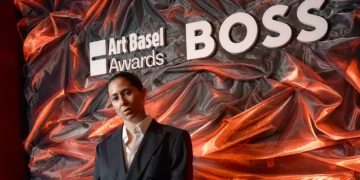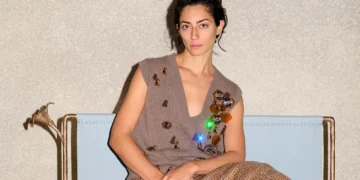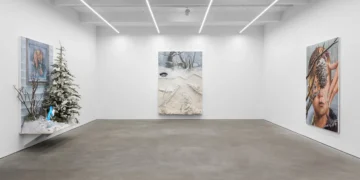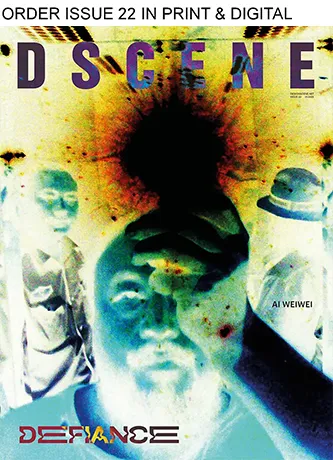
39 3/8 x 118 1/8 inches (100 x 300 cm), ©2025 Takashi Murakami/Kaikai Kiki Co., Ltd. All Rights Reserved, Courtesy the artist and Gagosian
Gagosian returns to Seoul this September with a focused Takashi Murakami presentation at APMA Cabinet, the project space on the ground floor of Amorepacific’s David Chipperfield–designed headquarters. Titled “Seoul, Kawaii Summer Vacation,” the exhibition brings new paintings and sculptures to the center of the city from September 2, marking Murakami’s first solo in Seoul since Takashi in Superflat Wonderland (PLATEAU, Samsung Museum of Art, 2013). It follows his 2023 Busan Museum of Art survey, MurakamiZombie, and extends the artist’s long dialogue with Korea’s art and fashion publics.
ART
Murakami’s smiling flowers, arguably one of contemporary art’s most instantly recognizable icons, anchor the show. Rooted in nihonga training and refracted through the artist’s Superflat cosmology, the flowers compress centuries of image-making into a polished, ultra-graphic surface language. They are at once joyful and disarming, bridging artisanal technique with mass appeal, and like the artist’s avatar Mr. DOB, circulate fluidly across painting, sculpture, printmaking, digital media, film, and merchandise.
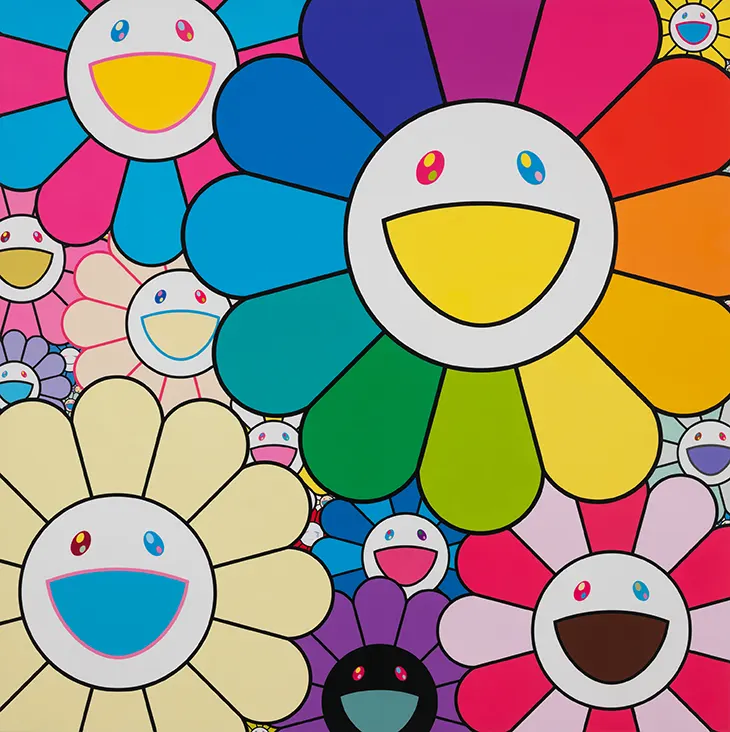
©2025 Takashi Murakami/Kaikai Kiki Co., Ltd. All Rights Reserved, Photo: Kei Okano, Courtesy the artist and Gagosian
At APMA Cabinet, the motif blooms into multiple registers. A panoramic highlight, Summer Vacation Flowers under the Golden Sky (2025), unfurls a row of multicolored blossoms across a partially gold-leafed ground embossed with skulls, an opulent, light-filled field that, on closer view, hints at the memento mori running through Murakami’s practice. The painting’s crisp contours and metallic atmosphere feel celebratory, yet the spectral skulls suggest a counter-current: the pleasures and pressures of late-capitalist desire, the fragility beneath the gloss.
That doubleness, optimism edged with unease, threads the entire presentation. In Tachiaoi-zu (2025), Murakami looks back to the Rinpa school, reinterpreting Ogata Kōrin’s Kiku-zu with bunches of hollyhocks rendered against a gold-leaf ground. The homage functions as both study and remix, situating Superflat not as pop detour but as a sustained conversation with classical ornament, pattern, and seasonality.
Sculpture punctuates the gallery with two compact, totemic figures: Hello Flowerian (2024) appears in bright polychrome and in reflective gold leaf. Each stands with childlike poise, joyful at first glance, yet their theatrical innocence reads as knowingly constructed. As with much of Murakami’s work since the 1990s, the characters channel postwar Japan’s cultural psyche: resilience forged through crisis, sweetness shadowed by anxiety, kawaii as both shelter and critique.
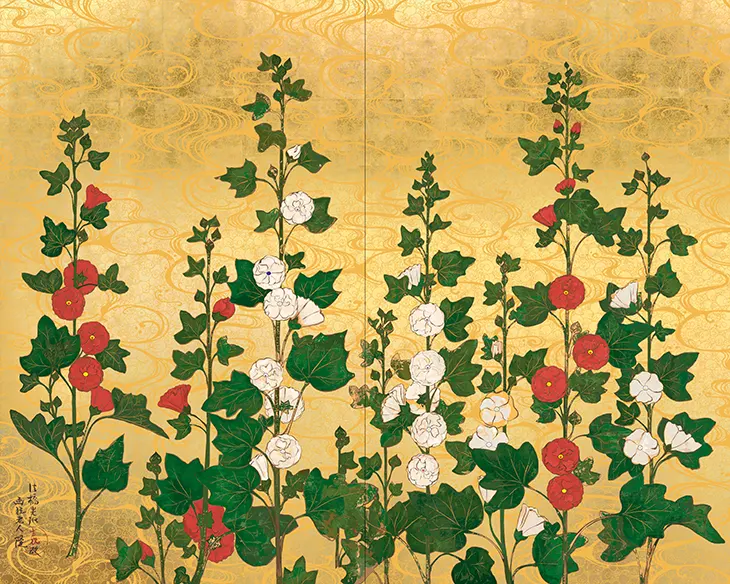
©2025 Takashi Murakami/Kaikai Kiki Co., Ltd. All Rights Reserved, Courtesy the artist and Gagosian
The setting matters. APMA Cabinet, embedded in a headquarters synonymous with K-beauty innovation, reframes Murakami’s lexicon within a Seoul-driven conversation about image, surface, and lifestyle. The show underscores how his flowers operate beyond gallery walls, moving with agility between art institutions, luxury houses, and global fan communities, while still rewarding close, painterly looking. Gold leaf gleams; embossing catches the light; outlines snap into focus. It’s spectacle, yes, but also technique.














